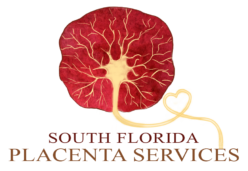Ingestion of placenta or amniotic fluid produces a dramatic enhancement of centrally mediated opioid antinociception in the rat. The present experiments investigated the role of each opioid receptor type (A, y, n) in the antinociception-modulating effects of Placental Opioid-Enhancing Factor (POEF—presumably the active substance). Antinociception was measured on a 52 jC hotplate in adult, female rats after they ingested placenta or control substance (1.0 g) and after they received an intracerebroventricular injection of a y-specific ([D-Pen2,D-Pen5]enkephalin (DPDPE); 0, 30, 50, 62, or 70 nmol), A-specific ([D-Ala2,N-MePhe4,Gly5-ol]enkephalin (DAMGO); 0, 0.21, 0.29, or 0.39 nmol), or n-specific (U-62066; spiradoline; 0, 100, 150, or 200 nmol) opioid receptor agonist.
This finding … provides an important basis for understanding the intrinsic pain-suppression mechanisms that are activated during parturition
The results showed that ingestion of placenta potentiated y- and n-opioid antinociception, but attenuated A-opioid antinociception. This finding of POEF action as both opioid receptor-specific and complex provides an important basis for understanding the intrinsic pain-suppression mechanisms that are activated during parturition and modified by placentophagia, and important information for the possible use of POEF as an adjunct to opioids in pain management.
Placenta ingestion by rats enhances y- and n-opioid antinociception, but suppresses A-opioid antinociception
Jean M. DiPirro*, Mark B. Kristal
